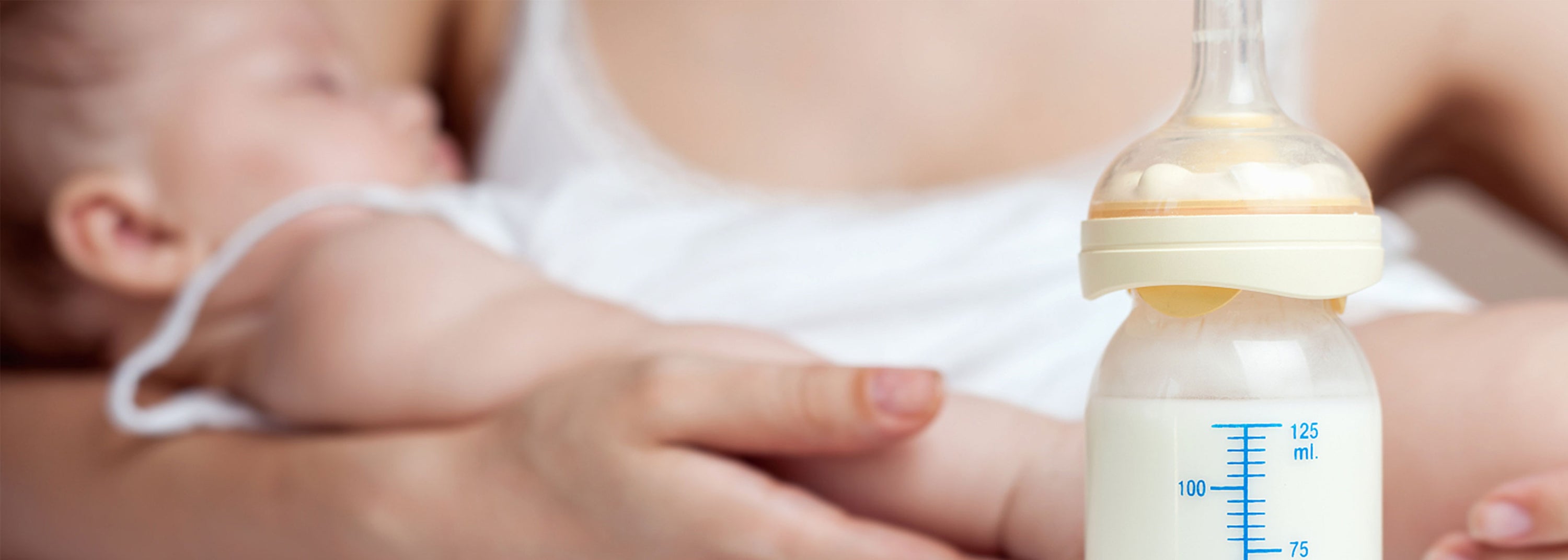Home
Pregnancy & Breastfeeding Tips for New Moms: Preconception, Pumping & Parenting Support
Understanding the Dilemma: Full Breasts, No Milk When Pumping

Understanding the Dilemma: Full Breasts, No Milk When Pumping
We've all experienced the tingle and heaviness of overly full breasts, only to be disappointed when the breast pump yields little to no milk. It's a frustrating and painful situation, but the good news is that difficulties with pumping can be resolved. In this article, we will explore the reasons why milk may not flow during pumping and provide potential solutions to address this issue.
Insufficient Stimulation
One possible reason for the lack of milk during pumping is insufficient stimulation. Breast pumps may not effectively mimic a baby's suckling pattern, leading to inadequate milk expression. Try adjusting the pump settings or experimenting with different pump models to find one that better stimulates your breasts.
Stress and Tension
Stress and tension can negatively impact milk flow. When your body is under stress, it can affect the letdown reflex, making it more challenging to express milk. Find ways to relax before and during pumping sessions. Creating a calm and comfortable environment, practicing deep breathing or mindfulness exercises, and listening to soothing music may help promote a better milk flow response.
Ineffective Pumping Technique
Using an incorrect pumping technique can also hinder milk expression. Ensure that you have a proper fit with the breast pump flanges, as an ill-fitting flange can impede milk flow. Experiment with different flange sizes to find the one that fits you best. Additionally, utilizing breast massage and compression techniques while pumping can help stimulate milk letdown and improve milk yield.
Hormonal Factors
Hormonal factors, such as hormonal imbalances or fluctuations, can affect milk production. Some women may experience temporary decreases in milk supply due to hormonal changes in the postpartum period or during their menstrual cycle. These fluctuations can impact milk expression while pumping. Stay hydrated, maintain a healthy diet, and consider consulting with a healthcare professional or lactation consultant for further guidance.



